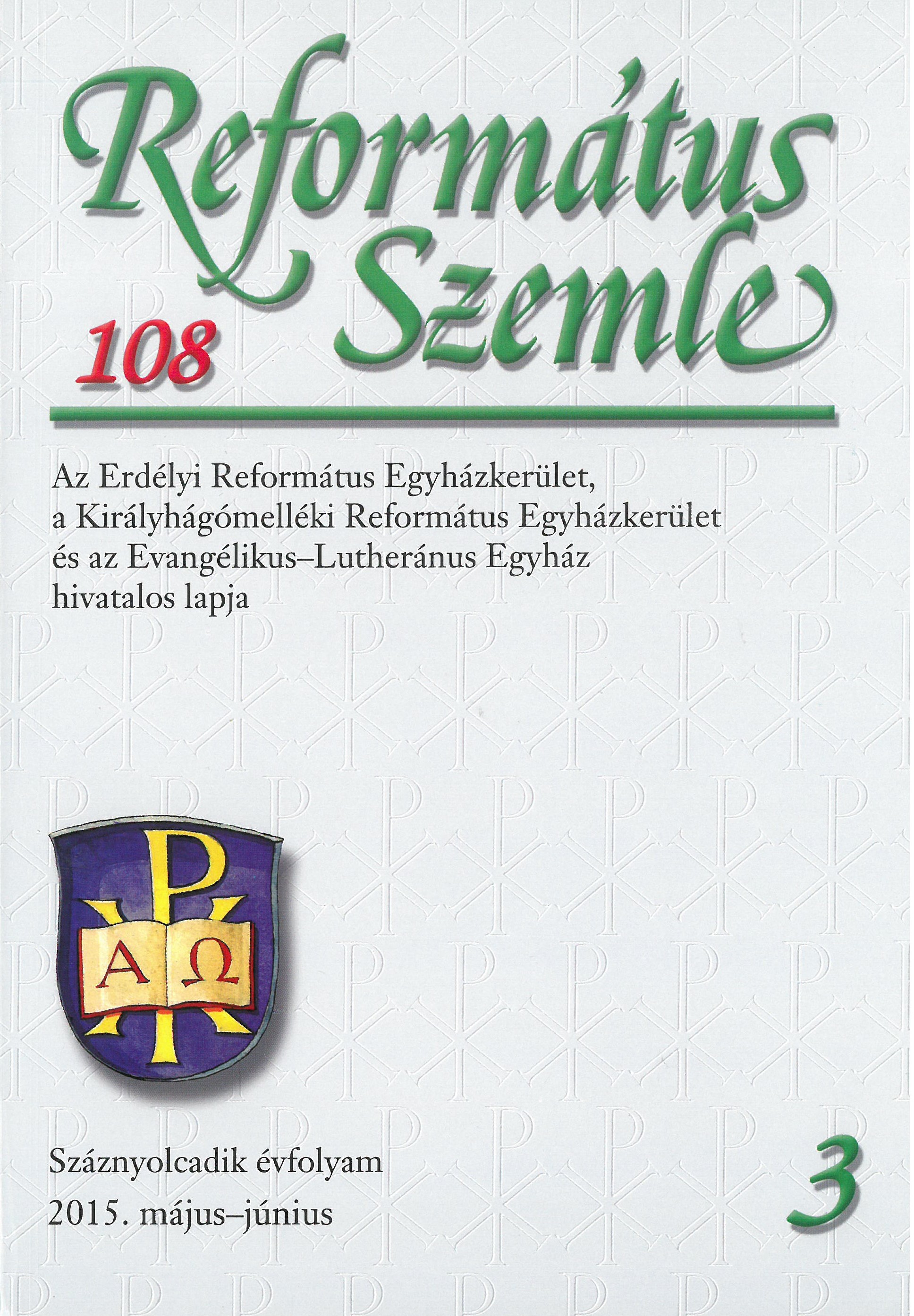A két Bolyai és Kolozsvár
The Two Bolyais and Kolozsvár/Cluj
Author(s): György GaalSubject(s): Theology and Religion, 19th Century
Published by: Erdélyi Református Egyházkerület
Keywords: Farkas Bolyai; János Bolyai
Summary/Abstract: The father, Farkas Bolyai (1775–1856) descends from a very old but impoverished noble family. He studied at the Calvinist colleges of Nagyenyed/Aiud and Kolozsvár. Afterwards, as the mentor of Simon Kemény, he continued his studies at the Göttingen University. There he became a friend of C. F. Gauss. In 1804 F. Bolyai was invited to become a professor of Mathematics, Physics and Chemistry at the Calvinist College of Marosvásárhely/Târgu Mureş, where he taught until his retirement in 1851. He was a famous mathematician who wrote some textbooks, but he was also interested in philology, agriculture, viticulture, medicine, literature, and music. He was a stove builder and a play writer, too. That is the reason he was considered a polymath. His most important mathematical work entitled Tentamen was written in Latin. From Farkas Bolyai’s first marriage with Zsuzsanna Benkő his first son János Bolyai was born at Kolozsvár (1802–1860). János studied under the direction of his father at the Marosvásárhely Calvinist College, then he was sent to the Military Engineering Academy in Vienna, where he spent five years. After graduating in 1823 he was promoted secondlieutenant and sent to Temesvár/Timişoara. During the next few years he served at Arad, Lemberg/Lviv, Olmütz/Olomouc up to 1833, when he got retired as a captain because of illness. He lived at Domáld/Viişoara and Marosvásárhely until his death. His father introduced János Bolyai into the problem of parallels, the questions connected with Euclid’s XIth Axiom. János contemplated on this problem while he was in Vienna. His letter written on the 3rd of November, 1823 to his father declares that he was able to solve the problem, and that by this he created “a new world”. His study on the parallels was published as an Appendix to his father’s Tentamen (1832). A copy of it was sent to the greatest mathematician of those times, Gauss. He recognized the geniality of the work but only in some private letters. Only towards the end of the century was János Bolyai recognised as the father of the Non-Euclidean Geometry. He is considered the greatest Hungarian mathematician. His cult in Kolozsvár started in 1902 at the centenary of his birth. The birth-house was identified and a memorial plaque was unveiled there. The first Hungarian Bolyai-researchers were professors of the Kolozsvár University.
Journal: Református Szemle
- Issue Year: 108/2015
- Issue No: 3
- Page Range: 315-343
- Page Count: 29
- Language: Hungarian

